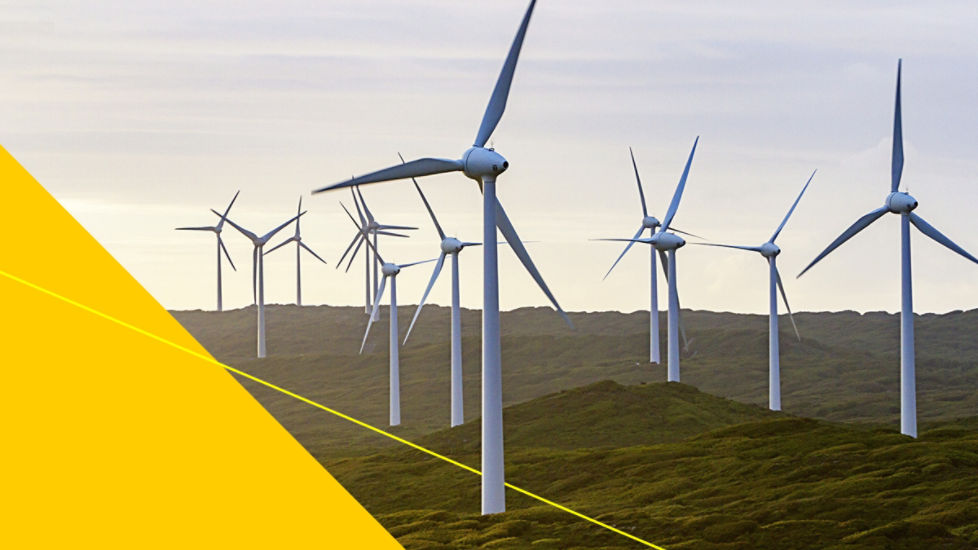For the country to meet its decarbonisation commitments, Net Zero Australia modelling has shown we need to attract and invest close to $1.5 trillion by 2030 and $7 trillion by 2050 across hard-to-abate sectors like energy, industrials, mobility, manufacturing and agriculture. This is an enormous opportunity for investors.
"We can take a lot of optimism from what's already happened in energy transition, particularly the journey of de-risking wind and solar to be the predictable scalable, bankable infrastructure asset classes they are today," says Paul Hunyor, co-founder of Wollemi Capital, an Australian-headquartered global climate-specialist investment firm. "The next wave of emerging technologies must go on a similar journey of de-risking. The demand is clear."
Reducing emissions requires scalable technologies and visionary strategies. Andrew Hinchliff, group executive of institutional banking and markets at CommBank, stresses that strengthening partnerships between institutional investors, venture capital and banks is vital. "We need to bring those different pools of capital together to solve the complex problems and accelerate the energy transition," he says.
Scaling new infrastructure solutions with VC expertise
"About 40% of what we raise for climate and energy transition programs is coming to our region and a good portion of that is in Australia," says Jason Horn, BlackRock's managing director and head of alternative investment strategies ANZ. "We're focused on investments that will ensure our country's grid stability, developing renewable energy and big-battery projects." The fact that BlackRock, the world's largest wealth manager, sees Australia as such an attractive destination for renewable-energy investment is a strong signal.
Wollemi Capital is catalysing creative collaboration to take advantage of the opportunity. "We've brought together two teams – people who have deep experience in infrastructure and project finance investing in the climate space and people who have operated technology businesses in agriculture or energy transition," says Hunyor. That strategic blend of expertise will accelerate the scaling of emerging solutions. "Australia can punch above its weight and we're seeing some exciting technologies that have the potential to be infrastructure-like asset classes in the future."
Decarbonising portfolios to boost profits and reduce risks
Patience is critical. "The transition is going to be a multi-decade journey and we have a long-term investment horizon," says Marigold Look, executive director of IFM Investors, a global fund manager owned by worldwide industry superannuation and retirement funds.
IFM Investors has more than $100 billion in infrastructure projects across 40 companies and 20 countries and has worked with its portfolio companies to help them decarbonise. "Today, 95% of our portfolio companies have carbon emissions reduction targets or transition plans in place," says Look. "That represents 99% of our total portfolio by value and 97% of the greenhouse gas emissions of the portfolio."
IFM Investors has developed solar farms to help directly power its assets, including Vienna and Melbourne airports, as well as negotiated green power-purchase agreements (PPAs) to accelerate the energy transition across its portfolio. "There are significant and unprecedented investment opportunities," says Look.
Mark Hector, head of infrastructure at Aware Super, says Look makes a crucial point, particularly from where he sits. "We're required by law to make sure that every investment delivers the best financial returns to members – we can't make an investment because it feels good," he says. "But the reality is that more and more banks and investors like us will have more specific carbon-reduction targets and for those companies with higher carbon footprints, not doing anything to reduce them will potentially impact future valuations or liquidity."
Traversing the shifting sands of regulation
Policy uncertainty can leave capital sitting on the sidelines waiting for final legislation or potentially be repealed. But Wollomi Capital's Hunyor points out that both policy friction and regulatory tailwinds should be navigated through the strength of your technology or strategy. "You can't be searching for business models or projects that rely on a green premium and only stack if the regulatory cards fall in your favour," he says. "We also look for business-model innovation and one we're seeing emerging at the moment is developers adopting infrastructure-as-a-service models, which internalise the regulatory risk of what may or may not happen with tax credits. If they come through, it's a bonus but they're not relying on them. That's a way of advancing the energy transition in the face of regulatory uncertainty."




